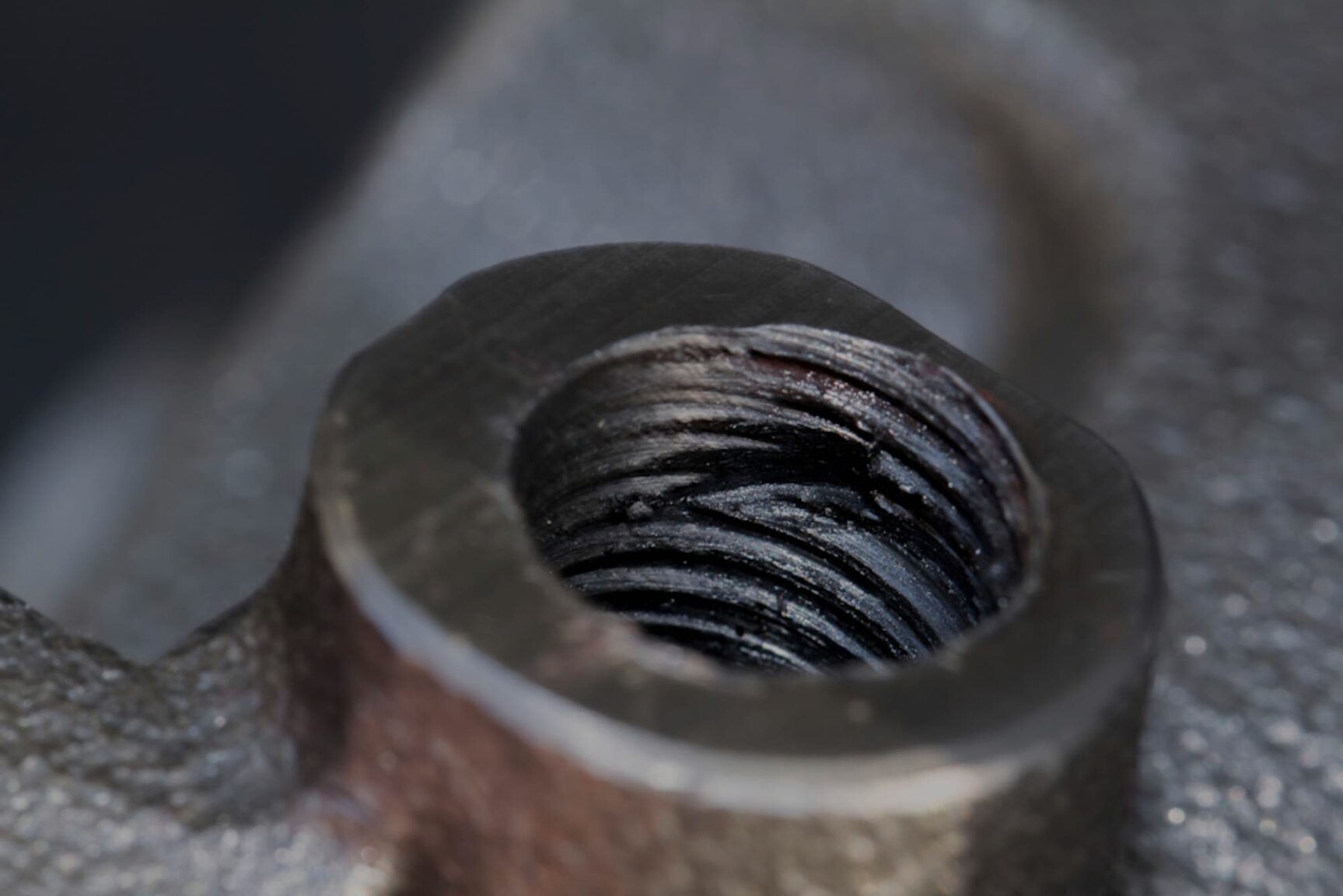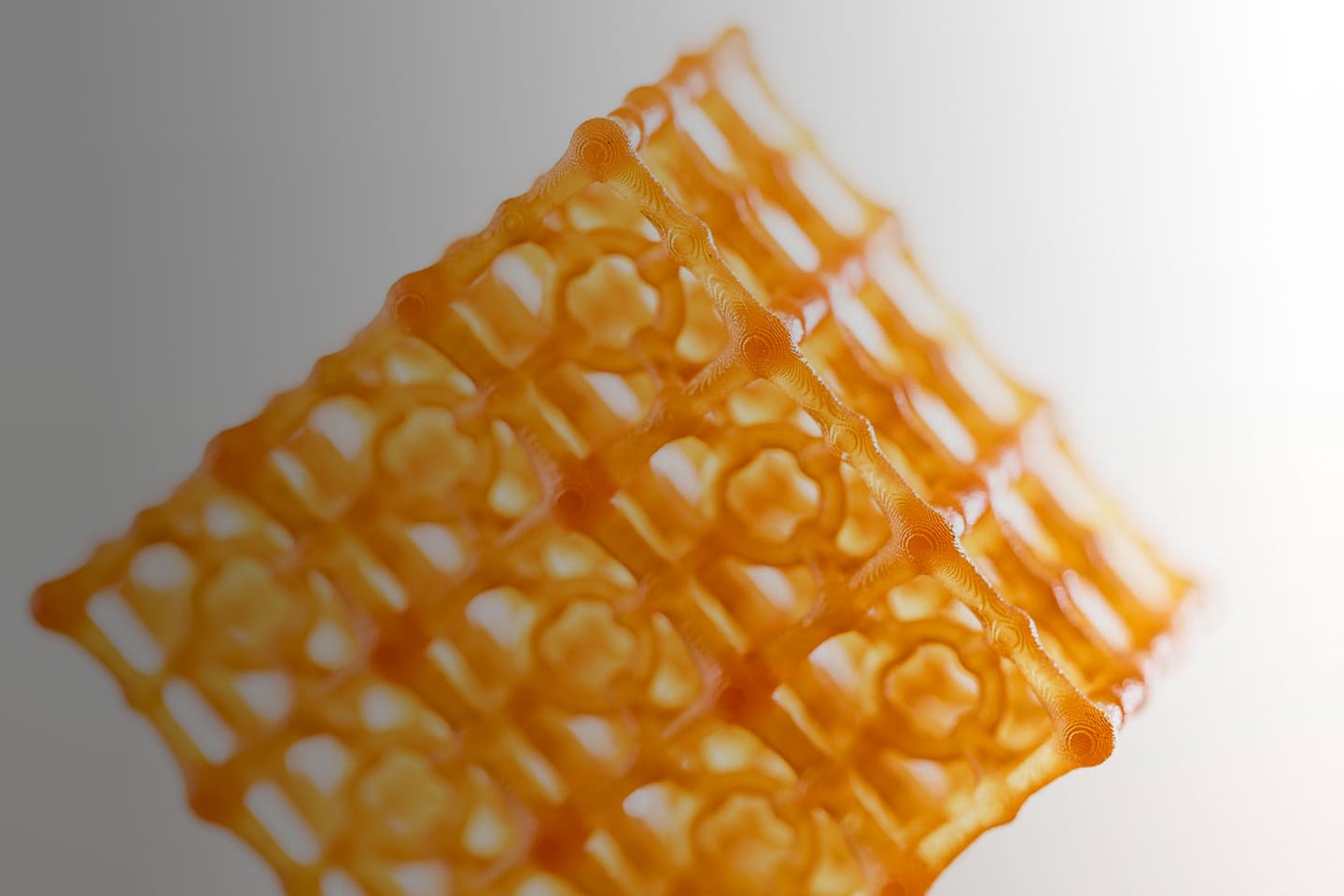Know Your Materials: Polyethylene Terephthalate (PET)
Published on June 7, 2021
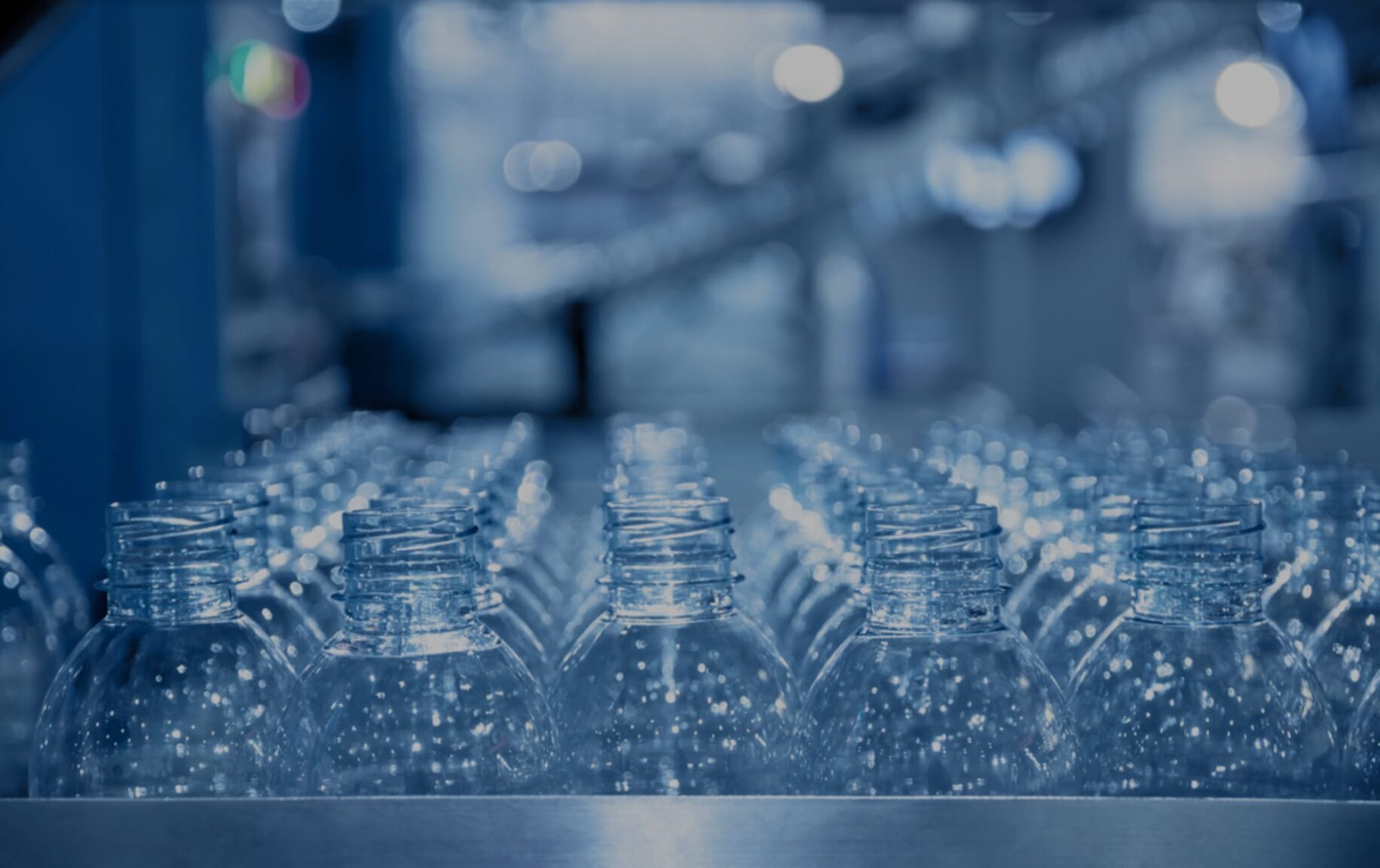
Previously published on fastradius.com on June 7, 2021
Polyethylene terephthalate, more commonly known as PET, is a lightweight clear plastic that’s used for countless packaging applications. One of the world’s most well-known plastics, PET was first synthesized in the mid-40s by DuPont chemists who were trying to create polymers that could be used to make textile fibers.
A decade later, researchers developed a way to stretch PET thin, allowing the material to be used in packaging film, video and X-ray film, and more. In the early 1970s, new technology allowed PET to be molded into strong, lightweight, shatterproof material, and PET’s reign as the leading plastic for food packaging began.
Now, PET is one of the most commonly used materials in the world. More than half of the world’s synthetic fiber is made from PET, and almost all soft drink and water bottles sold in the United States contain PET. Here’s everything you need to know about this incredibly popular plastic.
What is Polyethylene Terephthalate (PET)?
PET is a polymer consisting of ethylene glycol and terephthalic acid, two materials that are combined to create hard plastic pellets. Those pellets can then be melted and shaped into nearly any form, which will then cool and harden into a tough, shatter-proof material. In its natural state, PET is highly flexible, colorless, and semi-crystalline. Depending on how it’s processed, PET can be rigid to semi-rigid.
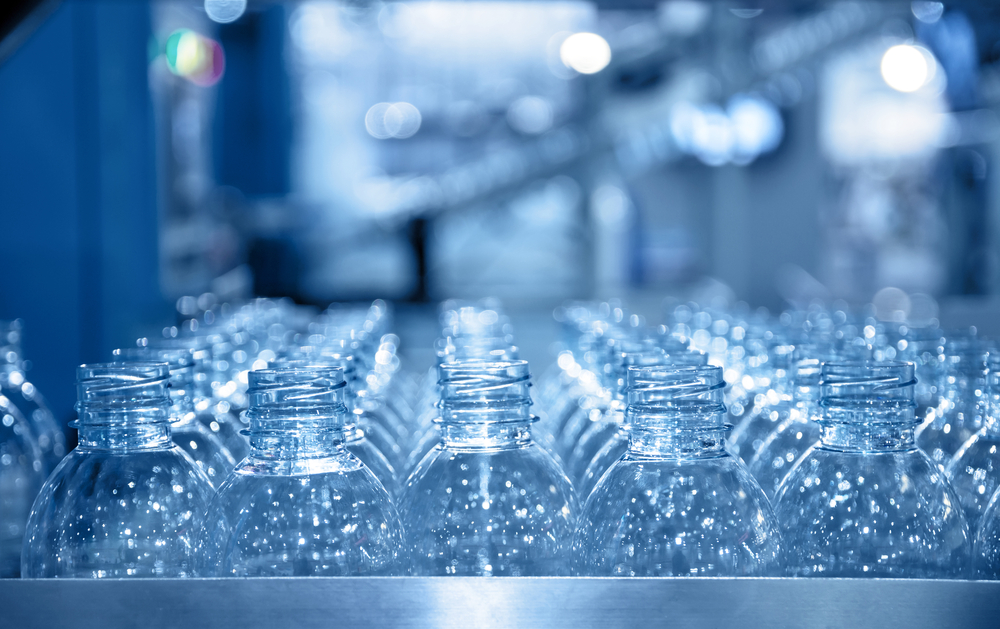
PET is identifiable by the #1 code in the triangular “chasing arrows” recycling logo — no other plastic carries the #1 code. In fact, PET is the most recycled plastic in the world. This material can be easily converted into other forms through washing and re-melting. Popular recycled PET products include carpet, clothing, rope, fiberfill for sleeping bags or winter jackets, and construction materials.
In addition to being recyclable, PET is energy-efficient to create, use, and transport. Its raw materials are derived from crude oil and natural gas, but it still maintains a favorable sustainability profile when compared to glass or aluminum. PET requires less fuel to transport than other materials of similar strength, making it an appealing option for many manufacturers.
Properties and Mechanical Specifications of Polyethylene Terephthalate (PET)
In addition to being lightweight, sturdy, and recyclable, PET is favored for numerous applications because of its safety. The material is food- and beverage-safe, resistant to attacks by microorganisms, and chemical-resistant. In addition, it exhibits low moisture absorption and excellent wear characteristics, making it safe to contain and transport food and beverages.
PET also has low gas permeability, excellent electrical insulation, a broad range of use temperatures, and excellent resistance to alcohols, oils, greases, and diluted acids. What’s more, it doesn’t break or fracture, making it a favorable glass replacement for many applications.
Some of PET’s other physical and mechanical properties include:
- Tensile strength: 11,500 psi
- Flexural modulus of elasticity: 400,000 psi
- Tensile elongation: 70%
- Shore hardness: D 87
However, PET does have some limitations. For some applications, polybutylene terephthalate (PBT) might be a better choice because it’s stronger and more moldable than PET. PET is also adversely affected by boiling water, alkalis, and strong bases.
Popular Polyethylene Terephthalate (PET) Applications
Food and beverage packaging is by far the most common application of PET, though it’s also used for numerous other household and industrial products. Convenience-sized soft drinks, juices, and water are almost always stored in PET packaging. Other applications include peanut butter or jelly jars, cooking oil bottles, or salad dressing bottles. Non-food packaging applications include shampoo and conditioner bottles, liquid hand soap containers, and mouthwash bottles.
Non-consumer goods applications include food processing machinery components, valve components, filler pistons, bearings, wear pads, wheels, and rollers. PET can also be used in textiles, particularly in combination with materials such as cotton. In addition, PET is often used for Fused Deposition Modeling (FDM) 3D-printed prototypes.
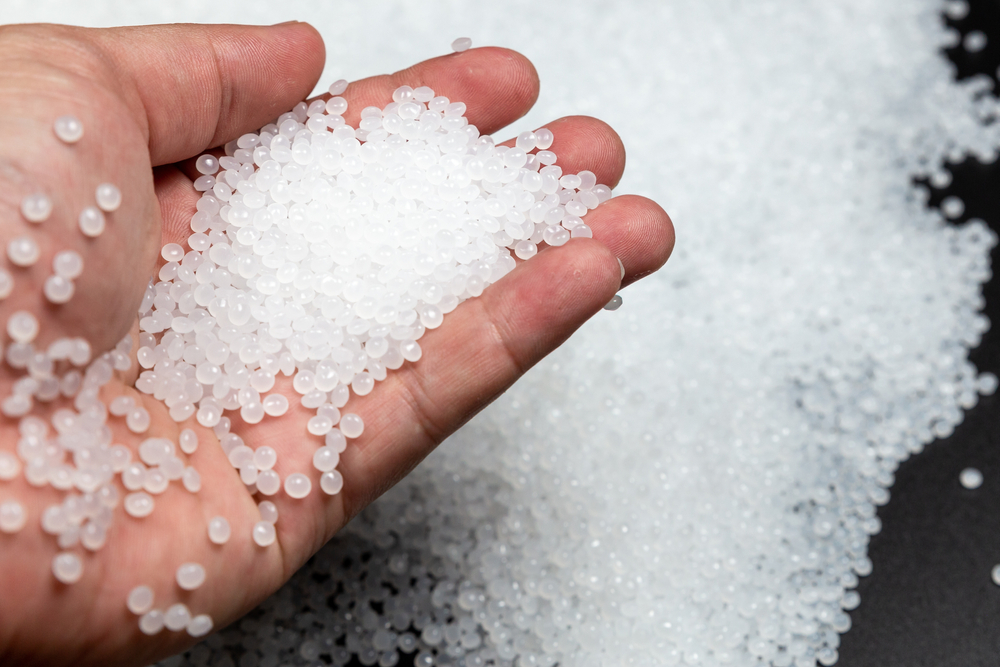
Why Choose Polyethylene Terephthalate (PET)?
Strong, transparent, lightweight, and environmentally friendly, it’s difficult to beat PET when it comes to packaging and other applications that require a strong, rigid, and lightweight material. PET can safely interact with food and beverages without letting in outside air, chemicals, or liquid, and it maintains all of these properties at a fairly wide range of temperatures and conditions.
In addition, PET can be manipulated or combined with other materials to form a thin film or flexible polyester textiles. It can replace die-cast metals and thermosets in electrical encapsulation, smart meters, photovoltaic parts, and more. PET is also commonly used in the automotive industry — wiper arms, gear housings, engine covers, and more are all made from PET.
What’s more, PET isn’t just versatile in terms of applications. It’s also versatile when it comes to manufacturing methods. PET can be easily processed by injection molding, extrusion, blow molding, thermoforming, and 3D printing.
SyBridge can Help you Get Started With Polyethylene Terephthalate (PET)
Recyclable, durable, lightweight, and non-toxic, PET is a highly versatile material that’s used in countless applications, making it one of the world’s most popular plastics. In fact, when it comes to food and beverage packaging, PET is the single most commonly used material in the United States — but its applications extend far beyond food and beverage containers.
If you think PET may be the right material for your next project, the manufacturing experts at SyBridge can help ensure you’re making the best possible choice. With years of experience guiding our partners through the manufacturing process — from material selection all the way to final production — we’re here to make your manufacturing journey as seamless as possible. Contact us today to get started.

